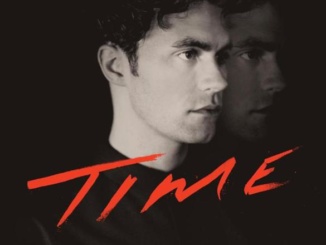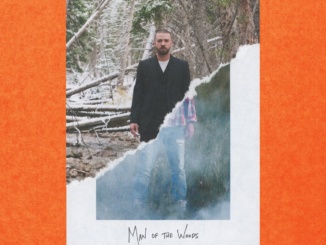By Nikki Fournell
and Isaac Siegemund-Broka
Staff Writers
Stanley Kubrick is one of the most celebrated filmakers in history. He has earned vast recognition for his work as a screenwriter, producer, cinematographer and editor for numerous films that he directed. Currently, Los Angeles residents can experience a unique way to appreciate his work.
The Los Angeles County Museum of Art has created an astounding exhibit to honor Kubrick and his legendary films. Titled “Kubrick,” the exhibit goes far beyond merely documenting and compiling the tangible artifacts from his movies, but also breaks down the rich symbolism and themes utilized by one of film’s finest auteurs.
Kubrick was known for using controversial and enigmatic subject matter to captivate audiences. The exhibit analyzes Kubrick’s work thoroughly by allowing patrons to explore the creation of his idiosyncratic films, one-by-one and in great detail.
The exhibit opens with a room devoted to Kubrick’s start at “Look,” a magazine for which Kubrick took pictures—he was their youngest photographer. This display is juxtaposed with one of the lenses that Kubrick used over his career, allowing the patron to compare and contrast Kubrick’s humble beginnings as a reporter with his eventual arguably unsurpassed success as a filmmaker.
The exhibit consists of several rooms, each devoted to one or two of Kubrick’s films. After walking into the gallery and being greeted by two large screens with a showing of a biographical, introduction film, the exhibit opens into a large open space that displays posters of the filmmakers entire filmography, as well as Kubrick’s personal camera collection. Patrons venture into rooms in whatever order they choose, where they can embark on a detailed view of each of his movies. The exhibit includes his most popular films such as “Spartacus” (1960), “2001: A Space Odyssey” (1968), “A Clockwork Orange” (1980), “The Shining” (1980), “Eyes Wide Shut”(1999) and many others.
While the exhibit definitely pays greater attention to Kubrick’s better known films like “2001: A Space Odyssey” and “The Shinning,” it respectfully does not fail to recognize Kubrick’s smaller, lesser-known movies. Kubrick’s earliest films, like “The Killing,” are each given individual displays, so that the exhibit not only inspires in its patrons a greater respect for Kubrick’s classic films but it also makes them to want to check out these lesser-known movies as well.
One of the most fascinating rooms of the gallery documents Kubrick’s attempt at creating a film about the life of Napoleon Bonaparte. Displayed in the room are scripts containing Kubrick’s handwritten revisions, as well as set lists, schedules, and historical books that he used over a two-year period, exemplifying Kubricks dedication and determination to the film industry. Also in the exhibition is a handwritten letter from actress Audrey Hepburn politely denying Kubrick’s request for her to be in the Napoleon film.
This tribute to Kubrick is a testament to how much of an impact his films have made on pop culture and the cinema industry. The exhibit nicely details all of Kubrick’s movies and documents his the inner workings of his life. The exhibit will be open in LACMA’s Art of the Americas Building until June 30. Tickets are $20 for nonmembers and free for members or patrons under the age of 18.





Leave a Reply